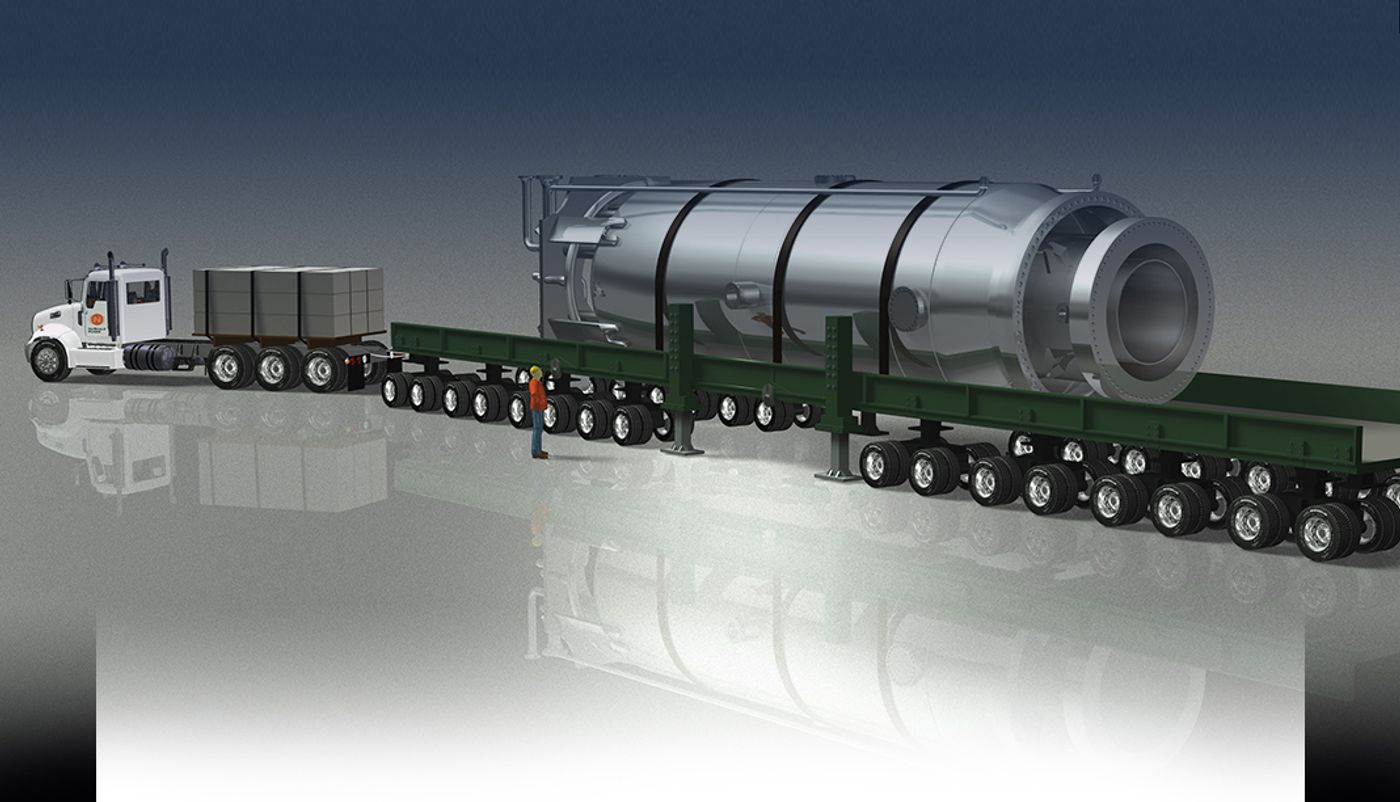SMR to be a part of Canada's Low-Carb Energy Diet
The fission based nuclear reactor is a divisive topic: some consider it a part of the clean energy family due to its zero carbon emissions; others label it as an outdated, dangerous, and risky industry. The memories of Fukushima, Three Mile Island and Chernobyl cast significant doubt on the future of nuclear power generation.
On June 1, 2017 the Canadian Nuclear Laboratories (CNL), a crown corporation run by the government of Canada, launched a public request to ask for input into the deployment of Small Modular Reactor (SMRs) technology within the country. In fact, the Canadian government has previously laid down plans for building and distributing a fleet of SMRs, to address issues such as the energy supply gap, domestic demand for clean energy and climate change.
Different type of SMR designs. Credit: newenergyandfuel.com
So, what makes SMRs different from their bigger counterpart? Emerging out of the shadow of older nuclear technology, SMRs have come a long way, so much so that they are now considered an important component among all clean energy sources and a part of the climate change toolkit.
Instead of being built as the traditional facility from the ground up, SMRs are intended to be manufactured and assembled at a central location. They can be delivered to a place in need of electricity by truck, ship, train or plane and installed with little effort.
SMR on trailer. Credit: NuScale Power
Canada has the world's second largest area and a lot of small communities spread all over the country with limited traffic access. The electricity needs in these locations are usually small and highly variable. Large nuclear power plants are inflexible capability-wise, expensive to build on location and require a significant number of technical staff. SMRs on the other hand are the right fit: they generate a lower amount of electricity, require minimal supervision and are usually flexible in load following (the addition of extra generation to the available supplies to meet moment-to-moment demand in the power grid). Besides servicing remote communities, SMRs are also suited for district heating, resource processing and desalinating seawater.
Safety is the always the big question mark in the face of nuclear industry. Many SMRs come with a passive safety system: by using natural circulation – convection to cool the fuel material, the nuclear core does not overheat and melt even when the reactor is completely shut down: the fission reactions would slow down upon the rise of reactor temperature. Nuclear materials used in reactors are always a concern for proliferation. Many SMRs utilize low-enriched uranium (less than 20% in concentration), which has no use for weapons production.
Schematic of a Molten Salt Reactor. Credit: US DOE
Some SMRs bring innovation to a whole new level. Take the design of Terrestrial Energy Inc for example. This Canadian Nuclear Tech Start-up offers a 400 MWt modular Integral Molten Salt Reactor (IMSR). Unlike the heavy water or light water-based reactors, both of which use solid fuel rods that are cooled by water cooled reactors, IMSR uses no water; uranium fuel is surrounded and cooled by stable salts. No water equals no high pressures or pressure-caused explosion. Since the fuel is molten, fission products can be removed while the reactor is operating and require no fuel pellets. In solid fuel reactors, fission products accumulate, and fuel pellets get damaged by radiation and temperature. What is more, the Molten Salt Reactor is designed to have higher fuel bump rates, which means over 99% of the fuel would be used at the end of its life cycle. For comparison, a light water reactor big or small only uses less than 10% of its uranium fuel, leaving significant more radioactive waste to be dealt with.
Related reading: Molten Salt Reactor
Canada is no stranger in the field of nuclear technology. The country built the world’s most powerful reactor at the time - the National Research Experimental (NRX) Reactor back in the mid 20th century. Later the Atomic Energy of Canada Limited (AECL) developed the popular heavy water-based CANDU(Canada Deuterium Uranium) reactor, and the world now has 31 of them in total. CNL is hoping that SMRs will be providing the country, especially remote communities, with a large volume of affordable, reliable, safe and clean electricity in near decades.
Small modular reactors have great potential as an emerging technology that could supply low carbon energy for a range of users, including remote communities, mining operations and the oil and gas industry. The discussion that CNL is initiating will help to inform our ongoing Generation Energy consultation, which invites Canadians from all walks of life to share their ideas and participate in helping define Canada's energy future,” said Jim Carr, Canada’s Minister of Natural Resources in the press release.
Taylor Wilson on SMR (TED)











